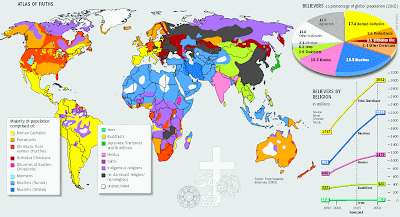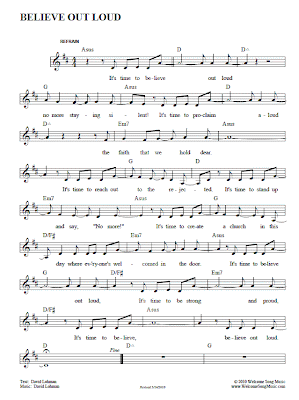
From Bob Howard:
Friday afternoon, RJ & I accompanied the East Valley youth group (from four churches) down to Tucson, to help some folks from Humane Borders refill water stations in the desert the next day. On Saturday we headed west from Tucson, into the desert, checking the levels of 8 water stations (they didn't need refilling -- which is itself suggestive of a number of explanations). These are a few of the dozens of stations placed all over southern Arizona to provide water to keep illegal immigrants from dying. As it is, almost 300 have died so far this year, but who knows how many lives were saved by the water stations. In the desert, the human body needs at least a gallon of water a day. If you can't keep up with the "coyote" (person who you pay to lead you across the border), you are left behind. Some stumble onto a highway and sit beside it, waiting to be picked up. Others wander for days until they collapse. In the summer, the heat can reach 120 Farenheit, in the winter (starting now, really), nighttime temperatures can dip below freezing. And the current afternoon humidity is in the teens, which sucks the moisture out of even healthy bodies. The wind picked up between 9:30 & 10 am, raising the dust, and accelerating dehydration. So, in order to try to reduce the deaths of those who are coming over the border anyway, and specifically as an act of Christian love, the Humane Borders group (and others) started setting up barrels of water along the most-traveled desert routes taken by the immigrants. With the erection of the fence along the border in the past few years, the route has shifted to even more forbidding terrain. The picture here shows one of the less difficult places where water was set up -- and it was 15 minutes away by car from the nearest even semi-graded road.
The stations have two barrels (obtained from the Coca-Cola company), which have a spigot at one end, and a blue flag on a 40-foot pole (you can see the pole in the picture, but not the flag). Why blue? Because it is the easiest to see against the desert terrain & vegetation. Sometimes there is a barrel for trash as well. At another location, we cleaned up some trash left behind in an arroyo, including various plastic bottles, a Bit-O-Honey wrapper, and also a hat, a jacket, and a backpack semi-buried in the dirt (which tells that they had been there for a while) -- all the time keeping a lookout for snakes, and prying up the debris with a long stick before picking it up and dropping it in a trash bag. At the final water station we checked, we held hands in a circle and prayed for all those who traveled the desert, that these stations would preserve their lives.
Chances are that at one or more of the water stations, we were observed by immigrant travelers who were hiding in the brush.
You'll notice vegetation in the picture. The Sonoran Desert is a semi-arid desert, which means that it is not just vast expanses of sand, but has all sorts of trees, bushes, cacti, underbrush, and even grass -- and most of 'em with thorns. We drove over dirt roads, some of which were scarred by runoff ruts, while others had sand or dust several inches thick -- kind of like driving through loose snow, with all of its lovely worries. If you weren't the lead vehicle, you learned to keep the windows closed, lest you breath (& wear!) a bit of Arizona dust.
On the way back to Tucson, our caravan passed through a Border Patrol checkpoint. We were told by the Humane Borders worker Lance to lower our windows as we approached the agents. They looked in each vehicle while a drug-sniffing dog and its handler circled it, and asked if we were all U.S. citizens. When we said we were, the waved us on with a "have a nice day."
Did our act encourage illegal immigration? How can it? They are not coming over for the water. We were simply trying to save the lives of those who were already here. The presence or absence of the water stations in no way affects governmental policies or numbers of human beings coming to the U.S. But it is definitely intended to reduce the numbers of deaths in the desert.
That's why we went, and that's why I'll go again.
Love,
Bob









